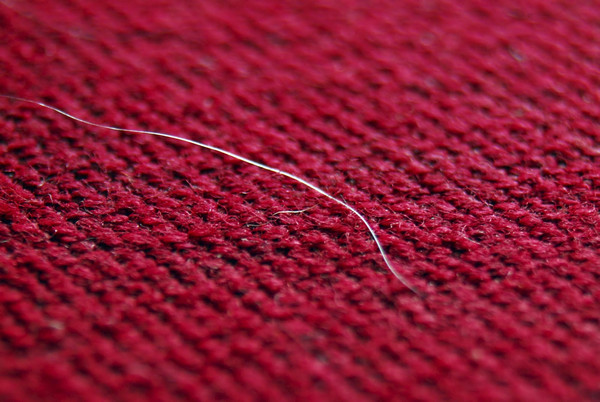- Qinsun Instruments Co., Ltd.
- Tell:+86-21-6780 0179
- Phone:+86-17740808215
- Address:No. 2578 Minhang District Gu Dai Road, Shanghai
- Contact:Mr. Li
- QQ:846490659
A Comparative Analysis of Different Hydrostatic Head Testing Methods

Hydrostatic head testing is a method used to measure the water resistance of fabrics and materials. There are different testing methods available, and each method has its advantages and disadvantages. In this article, we will compare the most common hydrostatic head testing methods, including the Mullen burst test, the ASTM D751-06 method, and the AATCC 127 method.
The Mullen burst test is a common method used to measure the strength and water resistance of fabrics. This method involves applying hydraulic pressure to a fabric sample until it bursts, and the pressure required to burst the sample is recorded as the hydrostatic head. The advantage of the Mullen burst test is that it is a simple and quick method to perform, and it is widely used in the industry.

However, the Mullen burst test has some limitations. It only measures the strength of the fabric and not the water resistance. Also, the test does not simulate the real-world conditions that fabrics are exposed to, such as rain or water splashes.
ASTM D751-06 Method
The ASTM D751-06 method is a more comprehensive hydrostatic head testing method that measures the water resistance of fabrics. This method involves placing a fabric sample on a water column and gradually increasing the pressure until water penetrates through the fabric. The pressure required to penetrate the fabric is recorded as the hydrostatic head.
The advantage of the ASTM D751-06 method is that it provides a more accurate measurement of water resistance compared to the Mullen burst test. Also, it simulates real-world conditions, making it a more reliable method for testing the water resistance of fabrics. However, this method is more complicated and time-consuming to perform.
AATCC 127 Method
The AATCC 127 method is another hydrostatic head testing method that measures the water resistance of fabrics. This method involves placing a fabric sample on a water column and gradually increasing the pressure until water penetrates through the fabric. However, unlike the ASTM D751-06 method, the AATCC 127 method uses a lower water pressure and a shorter test duration.
The advantage of the AATCC 127 method is that it is a quick and easy method to perform, making it a popular choice in the industry. However, this method may not provide as accurate results as the ASTM D751-06 method since it uses a lower water pressure and shorter test duration.
In summary, the Mullen burst test, ASTM D751-06 method, and AATCC 127 method are three common hydrostatic head testing methods used to measure the water resistance of fabrics. Each method has its advantages and disadvantages, and the choice of method depends on the specific application and requirements. The ASTM D751-06 method is the most comprehensive and accurate method, while the AATCC 127 method is a quick and easy method to perform.





